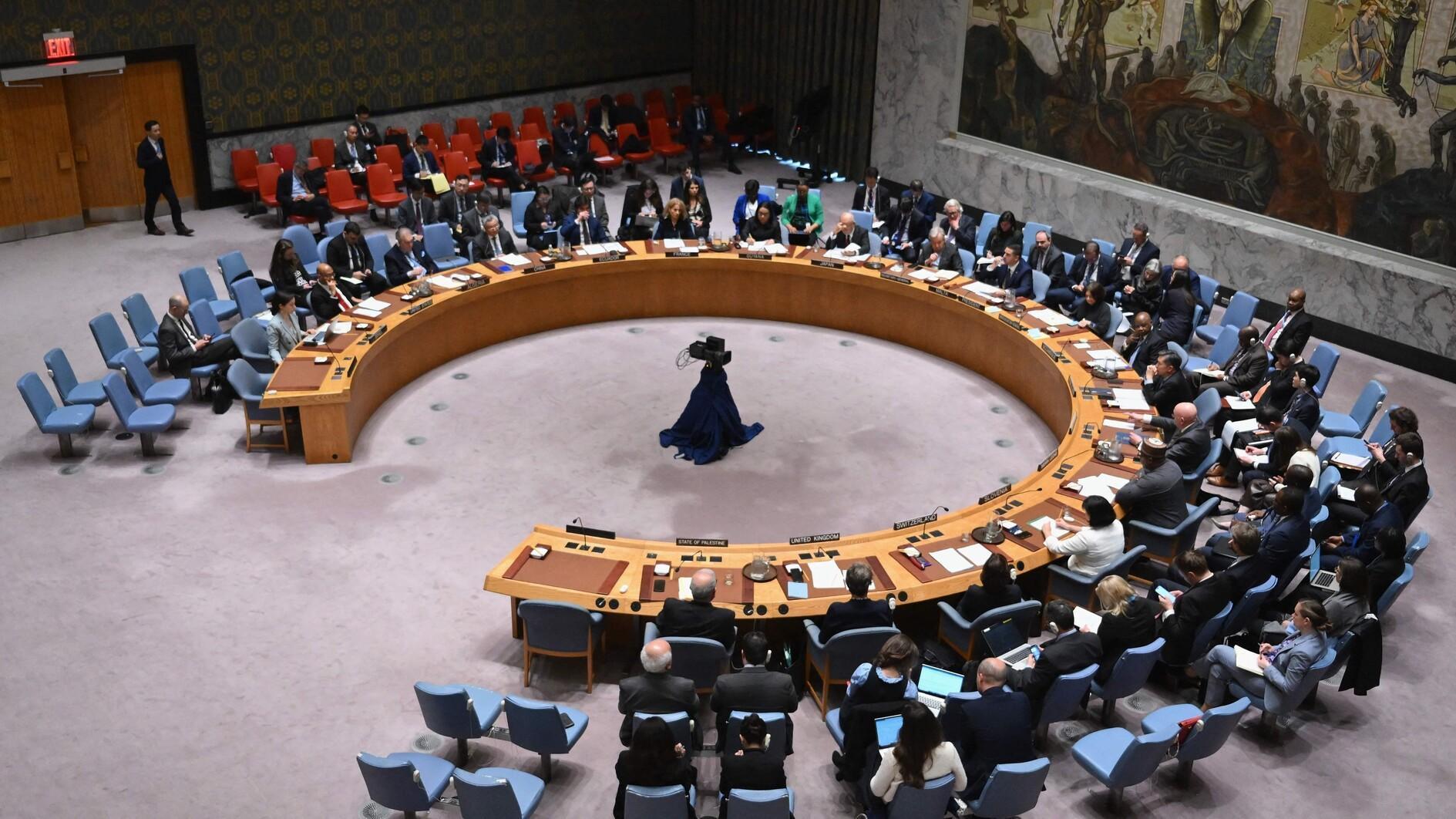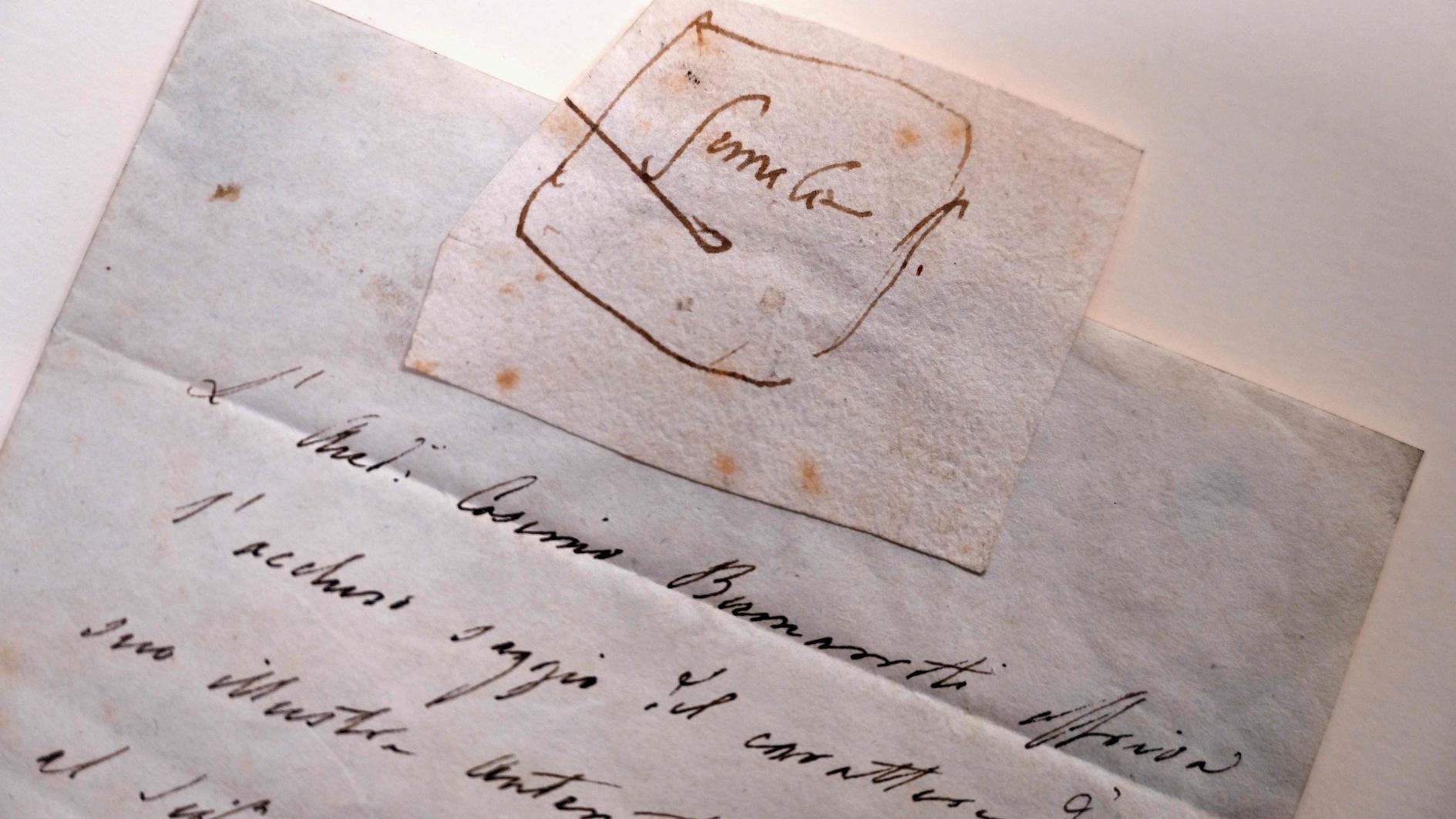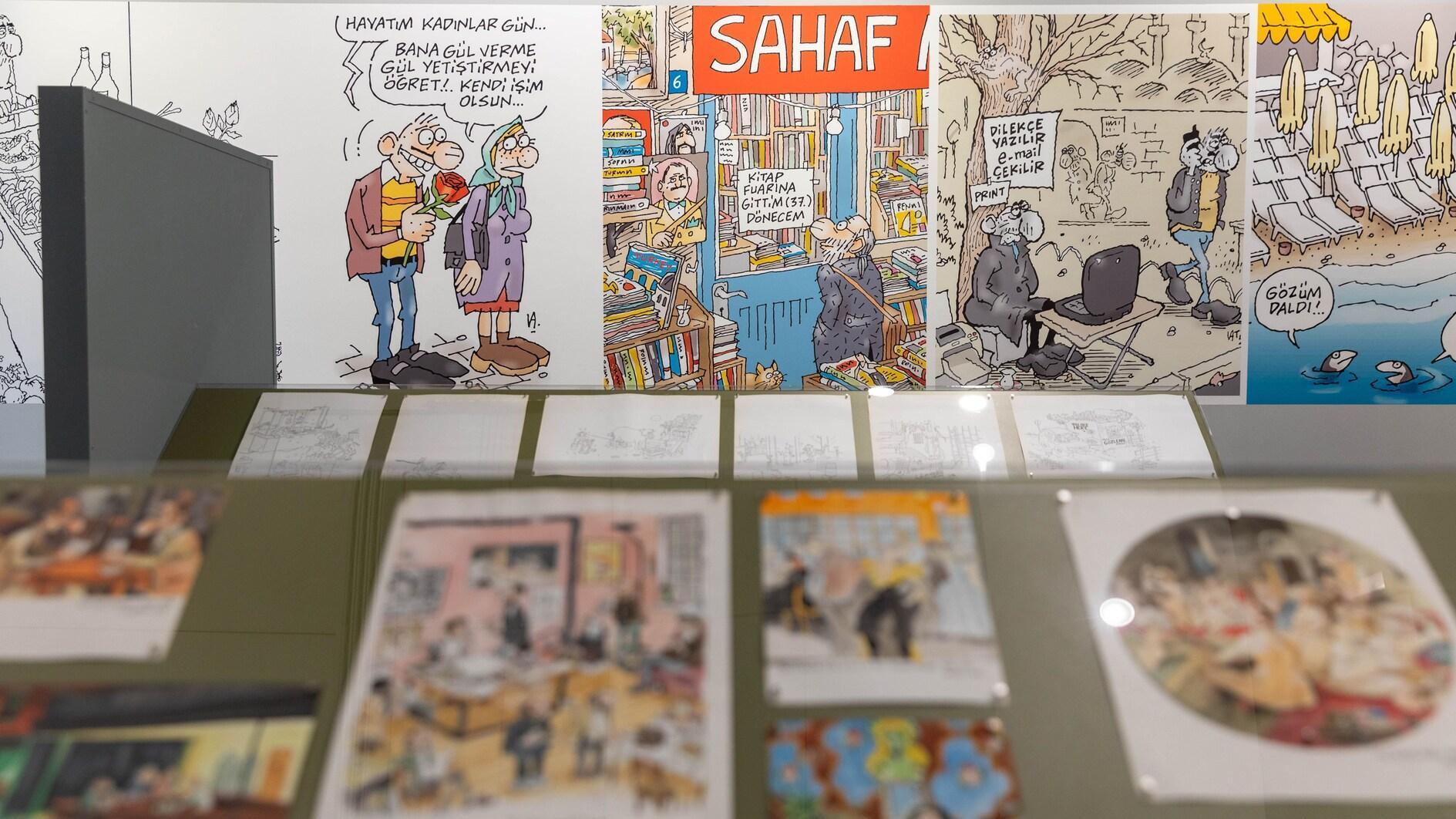What’s wrong with the Lausanne Treaty?
The Lausanne Treaty was signed on July 24, 1923, in order to ratify the peace between the occupying United Kingdom, France, Italy and Greece (together with their allies) and Turkey following the Turkish War of Independence, which also ended the sultanate regime of the Ottoman dynasty of nearly six centuries. Mustafa Kemal (later Atatürk), as the leader of the independence war, declared the new regime a republic a few months after the Lausanne Treaty on Oct. 29, 1923, transferring the capital from Istanbul to Ankara, which was the headquarters of the Turkish revolution.
In Lausanne, Turkey’s sovereign borders were settled, especially the western borders, particularly with Greece and Bulgaria. The borders with Iraq acquired their current shape with a separate agreement in 1926 (which is one of the main reasons for the Kurdish problem now) and the borders with Syria were fixed after the annexation of Hatay through a plebiscite in 1938. Kemalists and the newly found Soviet Union had already signed a non-aggression pact in 1921 to fix the border (now with Georgia, Armenia and Azerbaijan), and the border with Iran has not changed since 1639 anyway. In a way, the Lausanne Treaty was the first indication of the new Turkey.
Turkey was represented by Ismet (İnönü) during the Lausanne talks. As the last chief of staff of the Ottoman armies who defected to the Kemal-led nationalist armies after the War of Independence started, İnönü was the commander of the armies which pushed the invading Greek armies back to the Aegean Sea. Inönü was the second president of Turkey after Atatürk and despite being an observant Muslim himself, was known to be a staunch secularist, separating religion from state affairs, meaning he was never liked by conservative and Islamist circles in Turkey.
President Tayyip Erdoğan, who has always criticized the Lausanne Treaty because he believes it fell short of fulfilling the needs of Turkey, raised the bar further in a speech he delivered on Sept. 29. In the speech, Erdoğan made an analogy between the bloody coup attempt of July 15 and the collapse of the Turkish empire with the – never implemented – Treaty of Sèvres, which was forced on the last Ottoman sultan, Vahdettin, but rejected by the Kemalists. Then Erdoğan said that “for years, they” – they meaning the founder fathers of the republic and their rhetoric in later generations – “have tried to show Lausanne as a victory to us by comparing it with the Treaty of Sèvres.” He continued on to say that the Aegean islands from which one can shout across to from Turkey were given to Greece.
Baskın Oran, a political scientist, immediately said those islands were not given by the new regime in Turkey to Greece but by the Ottoman sultan back in 1913. And according to İlber Ortaylı, an internationally renowned historian, it was not possible to talk about any defeat or victory for either of the parties; it was an agreement through a compromise like any other international agreement.
But the historical facts are secondary to the matter here when it is about Lausanne in Turkey. The Lausanne Treaty has always be seen as a symbol of the guarantee of Turkish independence and sovereignty by not only secularists but also by nationalists and modernist republicans.
Actually, it was Erdoğan himself who had described it as a “victory” in his message for the 93rd anniversary of the treaty on July 24, only a week after the coup attempt, adding that the treaty was the “deed of our new state.” In the same message, Erdoğan also made the correlation between the spirit of the War of Independence and the spirit of July 15 against the coup attempt. That message was actually welcomed by not only the ruling Justice and Development Party (AK Parti) but also by the Republican People’s Party (CHP) and the Nationalist Movement Party (MHP) in the opposition, which found that harmony with the cross-party and societal unity against the coup attempt. It is hard to understand the essence of Erdoğan’s Lausanne remark and, more precisely, what is wrong with Lausanne itself after so many years.











